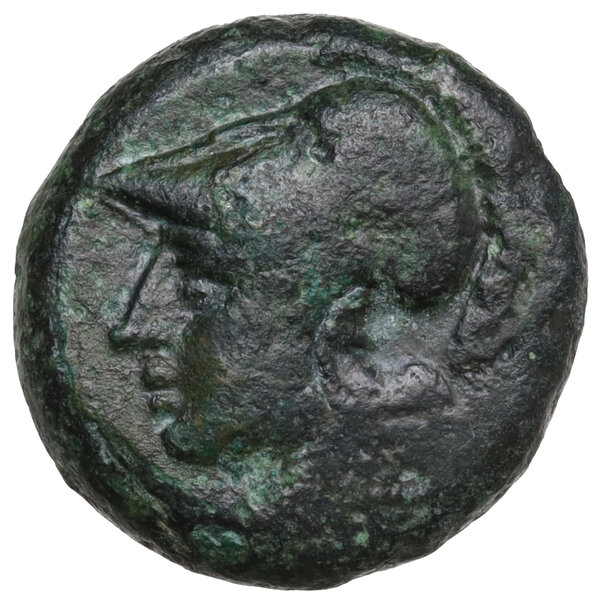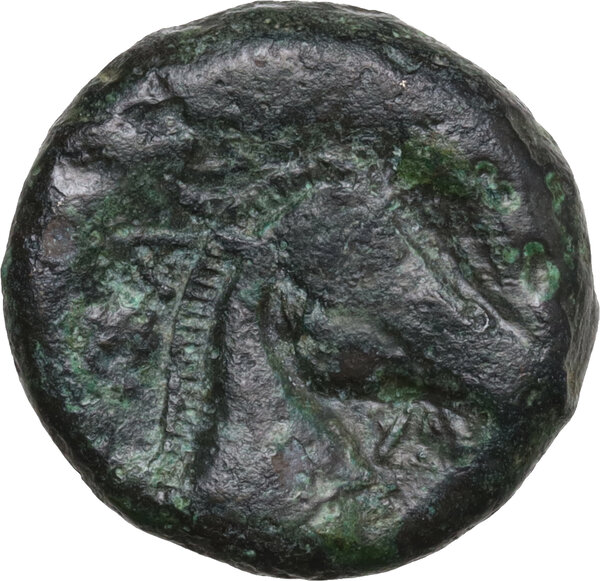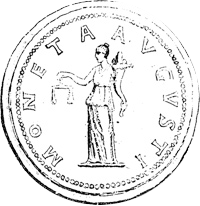Cosa Illustrated on Vecchi EC


Greek Italy. Etruria, Cosa. AE Quartuncia, c. 273-250 BC. Obv. Head of Cosa left, wearing crested helmet. Rev. [CO] ZAN [O] Bridled horse' s head right. Vecchi EC 5.7 (just this coin illustrated); HN Italy 211; Buttrey, IIB; Sambon,154. 6.08 g. 17.00 mm. RR. Very rare, Green brown patina. VF/About VF.
Ex Astarte 11, 2002, 9.
The bronze coinage of the Latin colony of Cosa in Etruria and its parallel issue at Rome (Cr. 17/1a-i) have since the 19th century been termed litrae and half-litrae, Etruscan gold and silver denominations with marks of value being described as multiples of litrae. This state of affairs has lead to confusion for it had no justification in the observed behaviour of the 3rd century central Italian economy. The ancient use of the word litra, a Greek term for a Sicilian bronze unit, in the context of a purely Romano-Etruscan coinage without any contemporary parallel in Italy, seems unlikely and certainly not of contemporary usage. It may be better to describe this interesting military issue in Roman weight terms and monetary units with their customary nomenclature. From c. 270-240 BC the weight standard of the Romans fluctuated at around 270 g. (10 unciae) indicating ± 6.75 grams as the theoretical weight of the quartuncia, comfortably accommodating the Rome and Cosa bronzes which range between about 5 and 8 grams. (Triton V, 3 note).

